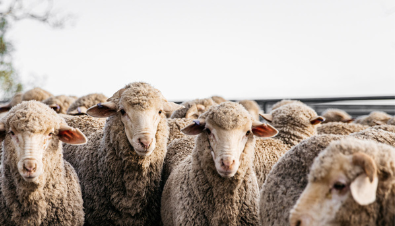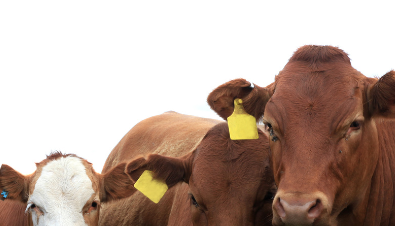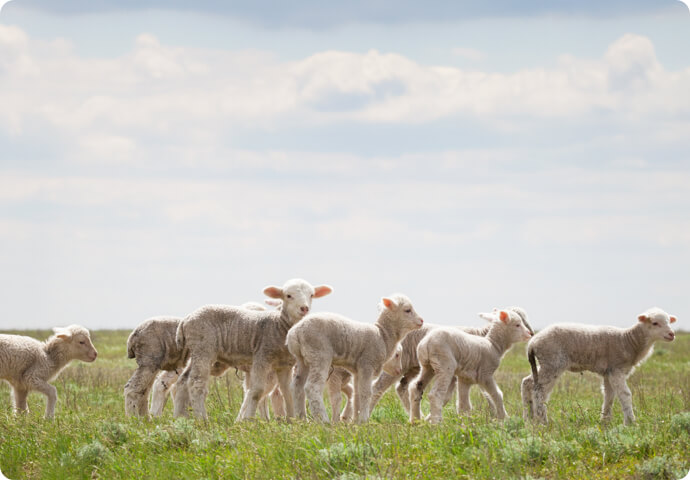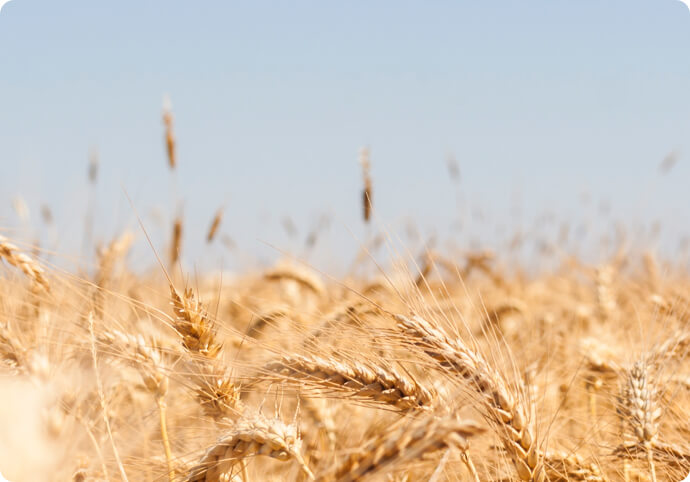Growing media, propagating material and other production inputs
Pests and contamination can be easily brought onto your property with production nursery inputs (including growing media, plant containers and fertiliser) and plant material.
Be aware that you cannot visually assess the true health of your propagation material, as viruses, viroids, phytoplasmas and other pests may not display symptoms. Ensure propagation material is ‘clean’ (ie tested with no pest detections) and where possible, use only certified production nursery inputs.





